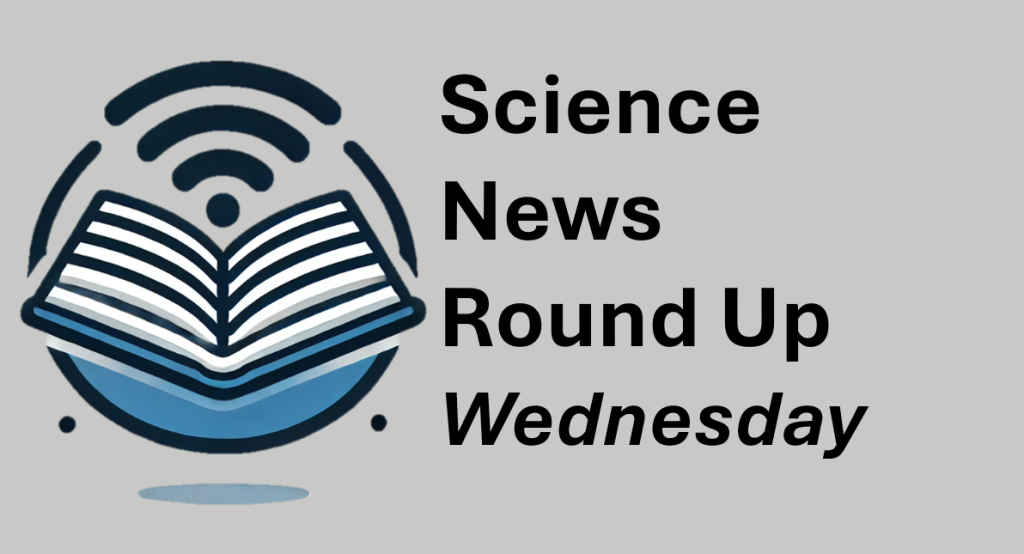
Science News Round Up, May 21, 2025
Make an Impact Immediately—Subscribe and Discover!
Science urgently needs informed advocates like you. Subscribe for free to our independently-funded weekly newsletter packed with expert insights and emerging discoveries. 🚀 Don’t hesitate! Share today and help us build a future driven by science!
Climate Change And Land Use Changes Combine To Threaten Native Bees
The combined effects of rising nighttime temperatures and habitat destruction are driving significant declines in native bee populations, particularly in urban areas, creating “climate traps” where bees struggle despite environmental protections. This study underscores the urgent need for conservation strategies that account for the synergistic threats posed by climate change and intensified land use to protect critical pollinators essential for global food security and ecosystem balance.
Earth observation scientists need you to help spot clouds from space
The CloudCatcher project invites the public in the U.K. to become citizen scientists by identifying clouds in satellite images, which is crucial for improving cloud mask accuracy used in climate monitoring and weather forecasting. By participating, individuals contribute to the enhancement of cloud detection tools on Sentinel-3 satellites, ultimately supporting better climate data collection and benefiting communities globally.
Fighting wildfire with fire: Can Michigan burn its way to healthier forests?
Michigan’s forests are increasingly at risk of wildfires due to climate change and a legacy of fire suppression, leaving them vulnerable to devastating blazes. Despite this risk, experts argue that the state isn’t doing enough with prescribed burns, a crucial strategy to reduce fuel loads and prevent larger wildfires, pointing to a need for greater collaboration, resources, and trained personnel to manage controlled burning effectively.
PREVENT equation accurately estimated 10-year CVD risk and those with calcium buildup
New research highlights the efficacy of the PREVENT risk calculator in accurately predicting cardiovascular events by identifying subclinical risks, such as plaque buildup, before symptoms develop. When used in combination with coronary artery calcium scores, this tool enhances personalized healthcare by optimizing treatment options, including the potential use of cholesterol-lowering medications, although current limitations exist due to population diversity and short follow-up periods.
Researchers reveal risk to estuarine ecosystems threatened by climate change and development
Mapping of 85 estuaries in England and Wales reveals that nearly 70% are hindered by man-made barriers, causing “estuarine squeeze” and putting 19 estuaries—home to almost two-thirds of the region’s crucial tidal freshwater and low salinity zones—at high risk of habitat loss from sea level rise and declining river flows. The study advocates for the creation of tidal freshwater marshes as a strategy to mitigate these impacts, enhance biodiversity, and bolster climate change resilience.
The great battery race: China and the U.S. compete over the future of EVs
The global competition to lead the electric vehicle (EV) market is intensifying as China surges ahead in battery production, particularly with advancements like the 5-minute “flash charge.” While U.S. progress lags, with political and economic barriers hindering rapid development, American companies like GM are striving to innovate and reduce costs through new battery technologies. This race is crucial not only for market dominance but also for addressing climate change, emphasizing the necessity of continued R&D, potential collaboration, and stronger policy support to stay competitive in the evolving automotive landscape.
The response of AUSM to precession forcing and its relation to EASM and EAWM
Through numerical simulations and climate proxies, the study reveals that during orbital precession, the Australian Summer Monsoon (AUSM) and East Asian Summer Monsoon (EASM) exhibit an out-of-phase relationship due to changes in local insolation, challenging the notion of a strong dynamical linkage between the East Asian Winter Monsoon (EAWM) and AUSM. This significant finding highlights the crucial impact of local insolation dynamics over remote cross-equatorial interactions, underscoring the need for more comprehensive modeling and proxy validation to better understand these historical monsoon variations and their implications in the context of climate change.



